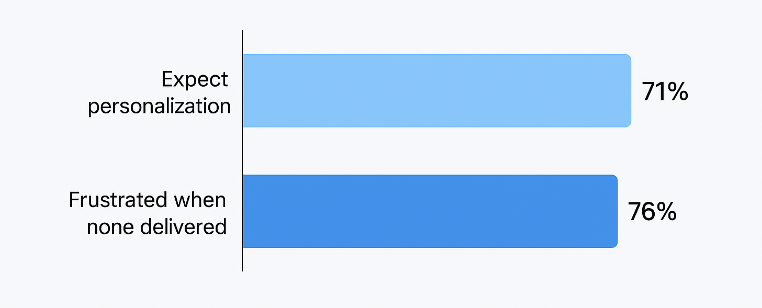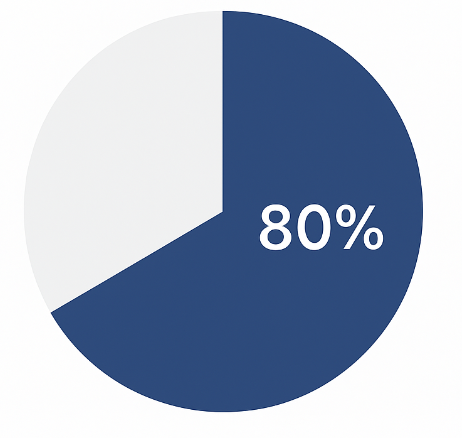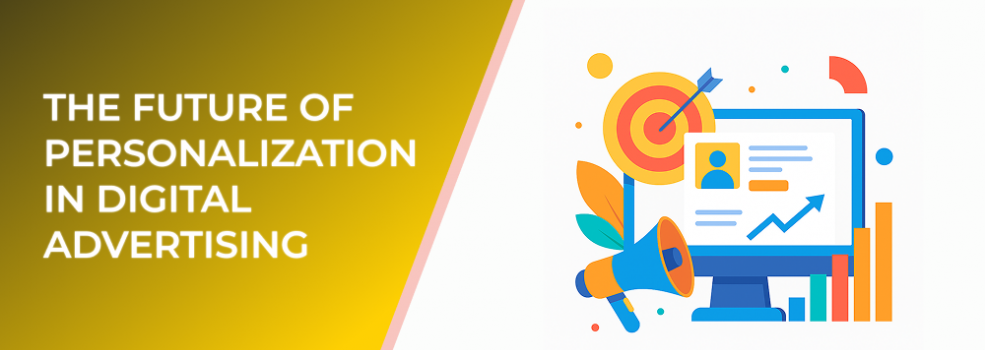Personalization has evolved from a marketing trend to a fundamental strategy. With audiences expecting more relevant and engaging experiences, advertisers are using advanced data analytics, behavioral tracking, and AI-driven insights to deliver tailored messages at scale. According to a McKinsey study, 71% of consumers expect personalized interactions, and 76% feel frustrated when they don’t receive them.

71% of consumers expect personalized interactions; 76% feel frustrated when brands don’t deliver
This shift makes personalization not just a competitive advantage but a necessity.
How Technology Is Driving the Next Phase
Artificial intelligence (AI) and machine learning (ML) are at the forefront of advertising personalization. They allow marketers to predict consumer behavior, optimize ad delivery, and craft hyper-relevant content in real time. For instance, predictive analytics can identify a user’s next likely purchase or preferred channel, enabling marketers to serve timely and precise ads that align with intent.
The rise of automation also helps advertisers scale personalization without increasing manual effort. Dynamic ad creatives, powered by AI, adjust visuals, copy, and offers based on user demographics, past behavior, and even emotional tone.
Privacy and Personalization: Finding the Balance
As data privacy regulations tighten, advertisers must find new ways to deliver relevant experiences without overstepping boundaries. The end of third-party cookies has accelerated the shift toward first-party and zero-party data, where brands collect information directly from users with their consent.
Emerging technologies like Federated Learning and Privacy Sandbox are being developed to balance personalization and user privacy. These innovations allow marketers to use data insights while maintaining anonymity, ensuring trust and compliance.
The Role of Contextual Targeting
Contextual targeting is making a strong comeback as advertisers move away from individual-based tracking. By analyzing the content a user is consuming, marketers can align ads with user intent without needing personal identifiers. This approach not only respects privacy but also maintains relevance and engagement.
What the Future Holds
The next decade will see personalization move from reactive to proactive. Rather than responding to user actions, future ad systems will anticipate needs through predictive intelligence. Integration of voice, AR, and immersive technologies will add new layers to personalization, creating seamless and context-aware ad experiences.

80% of consumers are more likely to buy from brands offering personalised experiences; mastery of personalization can boost revenue by up to 40%
A Deloitte report predicts that by 2030, personalized advertising could increase digital ad ROI by up to 25% through better targeting and reduced ad fatigue. Brands that embrace adaptive AI models and privacy-first personalization will lead the transformation.

